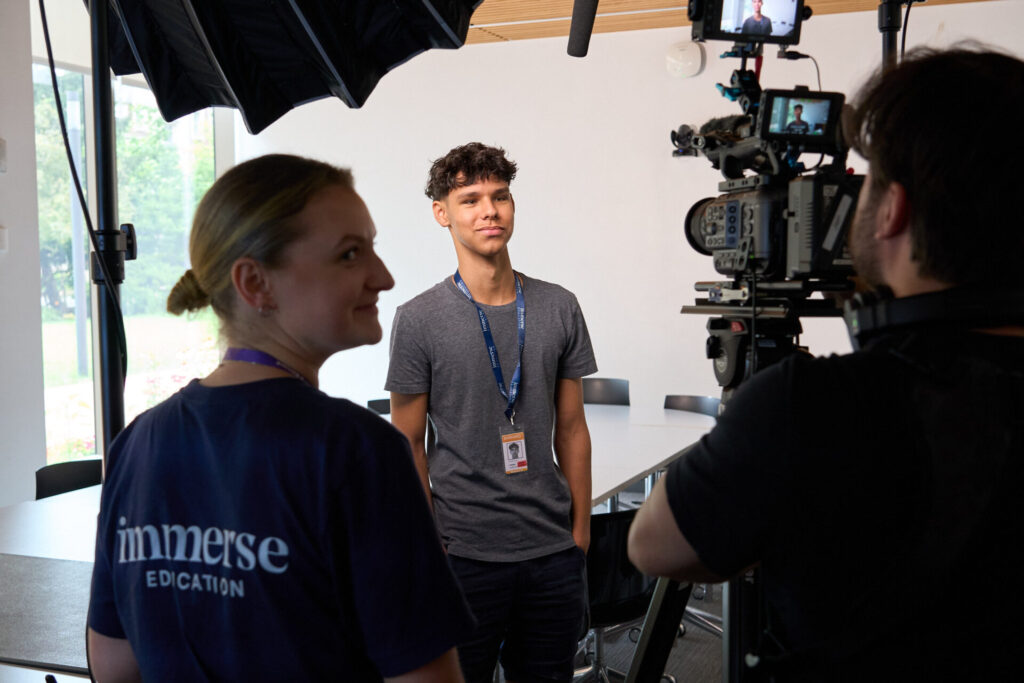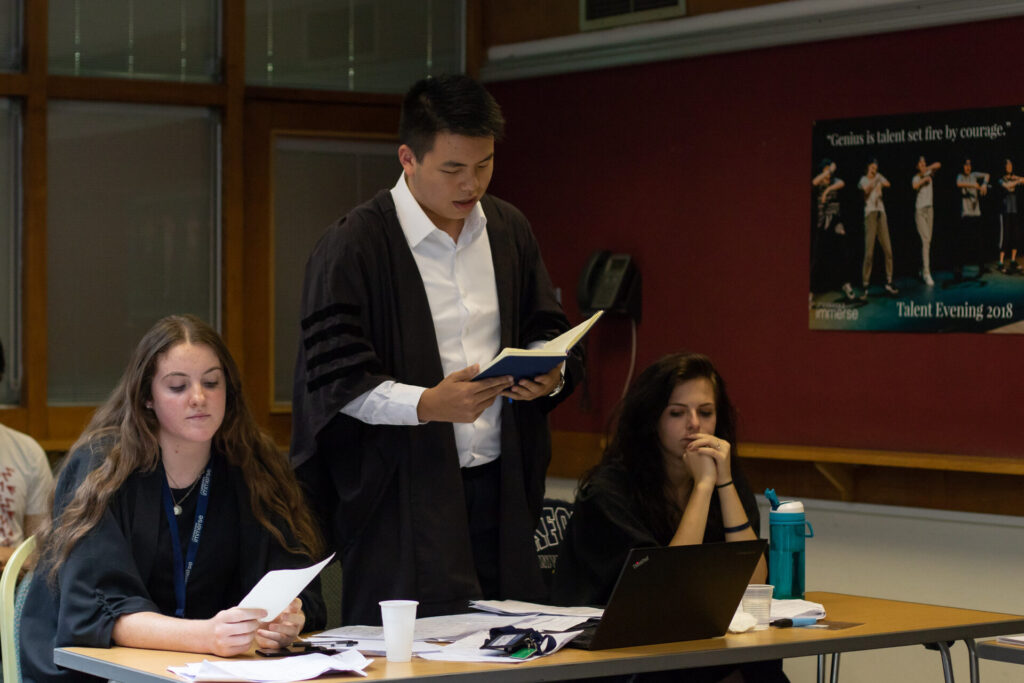The recruitment process is key to matching talented professionals with the right opportunities. Whether you’re navigating this process as a job seeker finding work experience or a hiring manager, understanding its stages can significantly improve outcomes. For job seekers, it helps in preparation and boosts their chances of success. For organizations, it streamlines the hiring process to find the best candidates. Below, we break down recruitment process steps, explain the job application process in detail, and provide actionable hiring process tips.
What Is the Recruitment Process?
The recruitment process refers to the structured approach used by organizations to identify, attract, and hire qualified candidates. It involves several key stages, each playing an important role in ensuring that both the needs of the company and the expectations of the job applicant are met.
For job seekers, understanding these steps is essential. It allows you to tailor your application and perform confidently during each phase. For recruiters, this process helps to ensure high-quality hires who align with company values and objectives.
By taking the time to become familiar with each stage, you can anticipate expectations and prepare for success, whether you’re seeking your dream job or assembling the perfect team.
Recruitment Process Steps
The recruitment process consists of multiple interconnected steps. Each stage plays a critical role in shaping the hiring decision, offering opportunities for both recruiters and candidates to engage effectively. Below, we explore the recruitment process steps in detail.
Step 1: Identifying the Need for a Role
Before recruitment begins, there needs to be a clear understanding of the company’s needs. For hiring managers, this step involves defining the job requirements, expected deliverables, and the skills or qualifications necessary for the role.
Tips for Job Seekers:
- Research trends: Know which skills and competencies are in demand in your industry.
- Tailor your resume: Highlight experiences and qualifications relevant to the roles you’re targeting.
Step 2: Creating a Job Description
An effective job description communicates key information about the role. It should outline responsibilities, required qualifications, experience levels, and the company’s core values.
Tips for Job Seekers:
- Read job ads carefully: Pay attention to keywords used in descriptions. These often reflect what recruiters are looking for.
- Use these keywords: Incorporate relevant terms into your resume and cover letter for better alignment.
Step 3: Sourcing Candidates
Once the job description is finalized, organizations must find the right talent. This process might involve advertising the role across job boards, career websites, social media platforms, and internal networks.
Tips for Job Seekers:
- Be visible online: Create or update a professional LinkedIn profile. Employers often use it for sourcing candidates.
- Leverage connections: Inform your network about your job search to increase opportunities.
Step 4: Screening Applications
During the screening phase, hiring managers review resumes, cover letters, and applications to shortlist candidates who meet the job specifications.
Tips for Job Seekers:
- Customize your application: Use precise examples in your cover letter or resume that demonstrate how you meet the qualifications.
- Double-check details: Avoid errors in your resume or documents that might result in disqualification.
Step 5: Initial Interview (Phone or Video)
The first round of interviews is often conducted via phone or video. It helps recruiters assess a candidate’s communication skills, cultural fit, and general alignment with the role.
Tips for Job Seekers:
- Prepare your environment: Choose a quiet location and ensure stable internet for interviews.
- Practice beforehand: Answer common questions such as “Tell me about yourself.”
Step 6: Comprehensive Assessment
At this stage, candidates often undergo follow-up interviews and assessments such as skills tests, presentations, or problem-solving tasks to evaluate their aptitude.
Tips for Job Seekers:
- Understand the requirements: Ask the recruiter about the assessment structure in advance.
- Showcase your strengths: This is your opportunity to highlight your expertise and unique value.
Step 7: Final Round of Interviews
The final interviews may involve senior managers or multiple stakeholders. It focuses on deep discussions around technical skills, cultural fit, and long-term alignment.
Tips for Job Seekers:
- Be ready with examples: Share real-life instances where you applied your skills to solve challenges.
- Ask questions: Use this chance to inquire about team dynamics or growth opportunities within the company.
Step 8: Decision and Offer
After careful evaluation, the recruiter or hiring manager extends an offer to the selected candidate. It’s also a time where you negotiate terms, such as salary, benefits, and working conditions.
Tips for Job Seekers:
- Evaluate the offer: Consider more than just the salary. Think about growth opportunities, benefits, and cultural fit.
- Negotiate professionally: Communicate clearly and professionally when discussing changes to an offer.
Step 9: Onboarding
Once the offer is accepted, onboarding equips the new hire with the tools and knowledge to succeed in their role.
Tips for Job Seekers:
- Engage with the process: Be proactive during onboarding to make a positive impression and adapt quickly.
- Clarify expectations: Ask questions and align yourself with the team’s goals.
Each of these recruiting process steps is critical, not only for hiring the right candidate but also for ensuring a successful match between employer and employee.
Tips to Enhance Your Job Application Process
Applying for jobs can feel overwhelming at times. By optimizing your approach, you’ll not only stand out but also increase your chances of moving forward in the hiring process steps.
Personalize Every Application
Tailor each resume and cover letter to fit the specific role. For instance, if a job listing emphasizes project management skills, focus on related experiences that demonstrate your expertise in this area.
Build a Professional Online Presence
Many recruiters search for applicants online. Maintain a professional LinkedIn profile, engage in industry-specific communities, and highlight accomplishments that showcase your strengths.
Follow Directions
Carefully read application instructions. If a job requires references, a portfolio, or a specific cover letter format, be sure to provide exactly what’s requested.
Be Mindful of Deadlines
Track application deadlines so you can submit materials on time. A missed deadline might be seen as a lack of professionalism.
Join the Immerse Education 2025 Essay Competition
Follow the instructions to write and submit your best essay for a chance to be awarded a 100% scholarship.

Job Interview Tips for Success
Interviews are often the most nerve-wracking part of the hiring process. With preparation and confidence, you can use them as opportunities to showcase your skills and personality.
Research the Company
Learn as much as you can about the organization. Study their website, latest news, and values so that you can align your answers with their mission.
Practice Common Questions
Prepare for frequently asked questions like:
- “Why do you want this job?”
- “What are your strengths and weaknesses?”
Structure your answers using the STAR method (Situation, Task, Action, Result) to bring clarity.
Dress Appropriately
When in doubt, aim for a polished, professional appearance, even during virtual interviews. It shows your respect for the opportunity.
Maintain Positive Body Language
Your posture, facial expressions, and hand gestures should display confidence and enthusiasm. Smile and maintain eye contact throughout the conversation.
Prepare Questions to Ask
Ask thoughtful questions about the role, team culture, and growth opportunities. It demonstrates your genuine interest in the position.
Wrapping Up
Navigating hiring process steps may seem complex, but breaking it into manageable stages makes preparation easier. For job seekers, every stage in the recruitment process—from identifying opportunities to excelling in interviews—is a chance to stand out. For recruiters, applying these steps consistently ensures hiring the best fit.
Keep refining your approach at every step, and leverage resources and tools to stay ahead. Whether you’re applying for a job or recruiting candidates, a well-executed process benefits everyone involved, creating mutual success.































